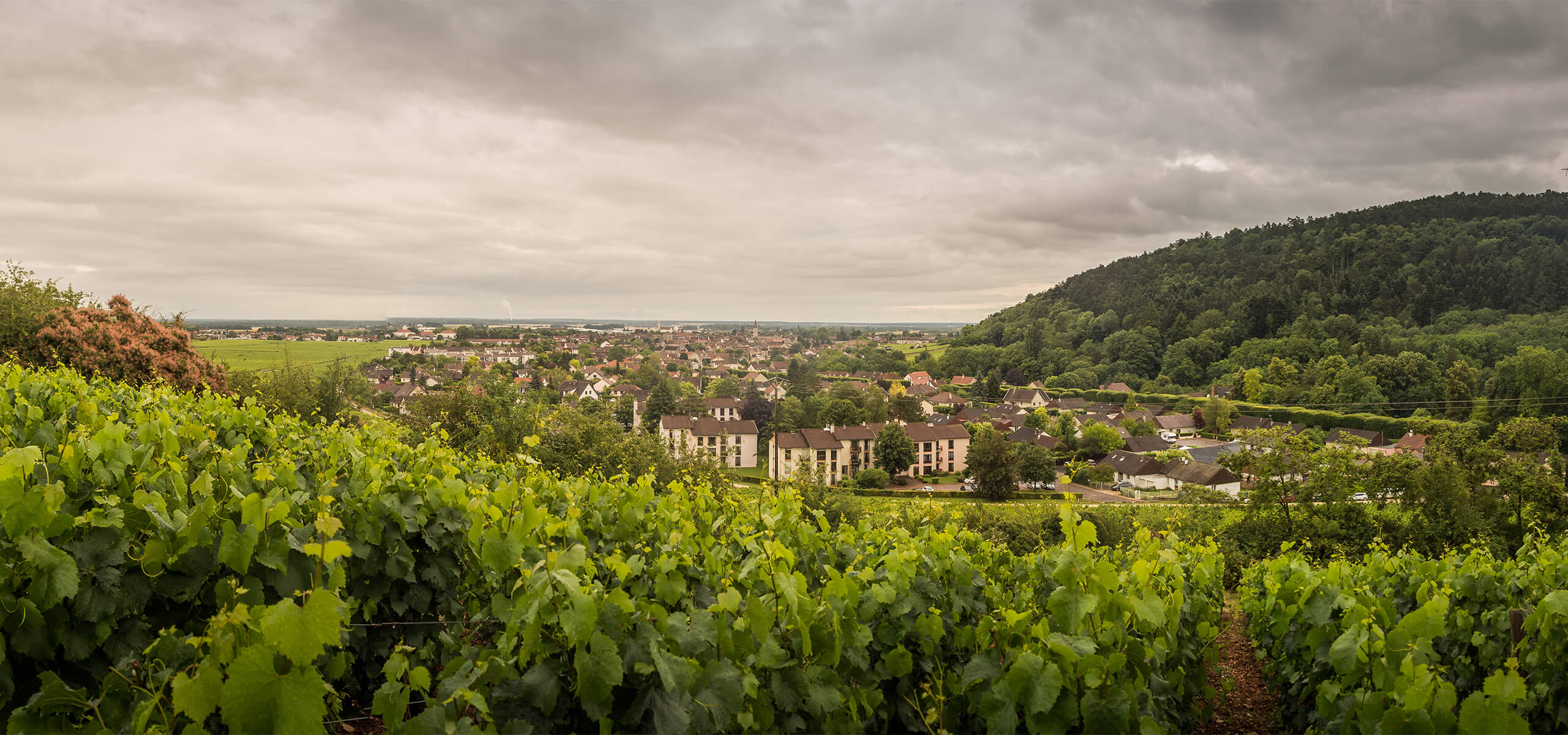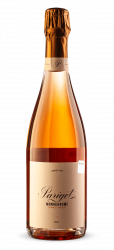Despite the neighboring world ‘s most famous sparkling wine region, or more precisely, the sparkling wines of Champagne, Burgundy have always been highly valued by bubble lovers. In terms of quality and taste, they are perfect, often on the same level as champagne, but much more democratic in price. Crémant de Bourgogne – that’s what the best sparkling wines in Burgundy are called.
In 1830, the “effervescent” Burgundy (Bourgogne Mousseux) was first mentioned by the poet Alfred de Musset in the work “The Secret Thoughts of Raphael”. Another curious fact from the history of sparkling wine: in August 1860, Napoleon III and Empress Eugenie stayed for several nights in Dijon, and for dinner, among other wines, they were served Romanée Mousseux from 1846 from the famous Vosne-Romanée production zone.
At the beginning of the 19th century, in the northern region, the first attempts to create sparkling wine were made in Nuits-Saint-Georges by the merchant Joseph-Jules Lucer, who studied the traditional method of producing champagne. The first copies of the local sparkling wine began to be produced in Chablis, Nuits-Saint-Georges, Rully and Tonnerre, since the refined local wines were just right for the new technique of making sparkling wines. Initially, wines using the champenois method were produced under the general name for sparkling wine – Bourgogne Mousseux AOC. But later the producers expressed a desire to highlight the wines created according to the Champagne method, and on October 17, 1975, a new appeal was introduced – Crémant de Bourgogne AOC. At the same time, the quality criteria and conditions for the production of sparkling wines according to the traditional method used in Champagne were precisely established.
Alfred De Musset

At the beginning of the 19th century, in the northern region, the first attempts to create sparkling wine were made in Nuits-Saint-Georges by the merchant Joseph-Jules Lucer, who studied the traditional method of producing champagne. The first copies of the local sparkling wine began to be produced in Chablis, Nuits-Saint-Georges, Rully and Tonnerre, since the refined local wines were just right for the new technique of making sparkling wines. Initially, wines using the champenois method were produced under the general name for sparkling wine – Bourgogne Mousseux AOC. But later the producers expressed a desire to highlight the wines created according to the Champagne method, and on October 17, 1975, a new appeal was introduced – Crémant de Bourgogne AOC. At the same time, the quality criteria and conditions for the production of sparkling wines according to the traditional method used in Champagne were precisely established.

Almost champagne
The grapes for this category of Burgundy wines can be grown in almost any part of the region. “The whole of Burgundy is involved,” explains Pierre du Couëdic, who has been the chief executive officer of UPECB, an association of producers Crémant de Bourgogne, for 15 years. “There is not a single village in Burgundy that doesn’t produce cremant.” Therefore, the crop is harvested from different sites with different soil composition, which directly affects the style and character of the future sparkling wine. So, for example, in the northern part of Burgundy, known for its chalky soils, grapes give the wine a more mineral character, and in the south, where granite soils prevail, sparkling is more fruity and rich.
Just like champagne, Crémant de Bourgogne can be divided into several styles depending on the grape and the technology used. Here are a few terms to help you figure out what style of cremanie you have in your bottle.
Rosé is a rosé sparkling wine, in the production of which red grapes were used to saturate the wine with a pink hue. As a rule, these are very light and fresh wines, in contrast to rosé champagne, which is more often produced on exceptional occasions.
Blanc de Blancs – as it is already clear from the name (French “white from white”), for such a sparkling wine it is allowed to use only white grape varieties, in most cases it is Chardonnay.
Blanc de Noirs – in this case exactly the opposite is true, this light sparkling wine is made only from red grapes (French “white from black”), most often from Pinot Noir.
The indication of the harvest year is only possible if grapes of the same harvest are used for production, without the addition of reserve wine. Manufacturers allow this only in the best years of the harvest, but mainly in the production of cremant, a mixture of different years is used, since this simplifies the process and makes the wine itself cheaper.


